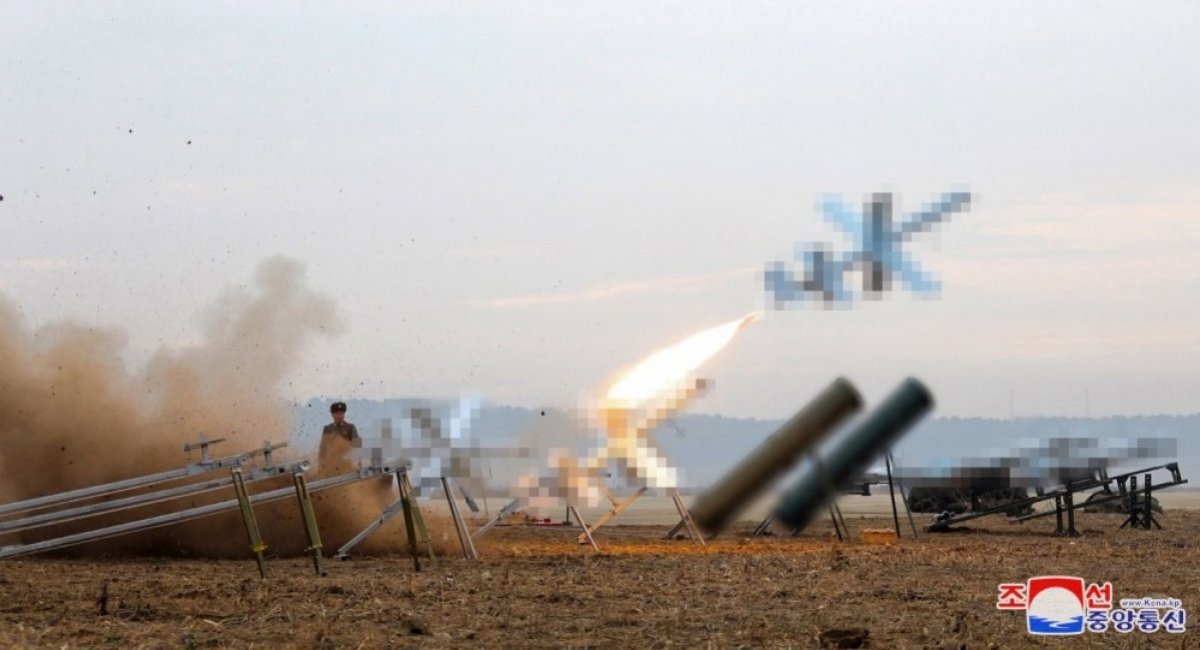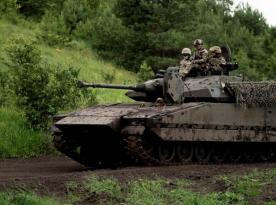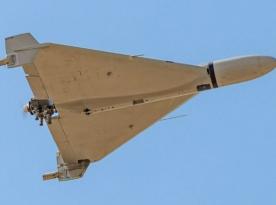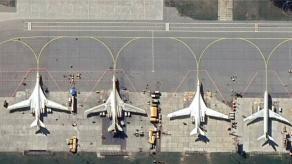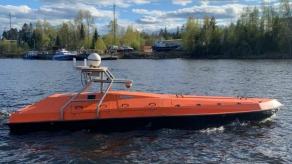As part of its growing defense alliance with russia, North Korea plans to establish drone production. This is a predictable and strategic move in the cooperation between two nuclear-armed dictatorships, with potential global consequences. However, while the transfer of nuclear and missile technologies is a major concern, drones could pose an even more immediate threat.
Reports of this collaboration were first published by Japan’s NHK, citing its own sources. Defense Express notes that such developments were merely a matter of time.
Read more: Radical Solution: russian Forces Deploy Entire Anti-Drone Tunnels in Ukraine
Since last year, North Korea has actively showcased its own kamikaze drone designs. However, instead of replicating russian models, the country has displayed visual copies of Israel’s Harop (Israel Aerospace Industries) and Hero 400 (Uvision). These are merely external imitations without the key technological features— for example, North Korea’s version of the Harop lacks passive radar guidance.
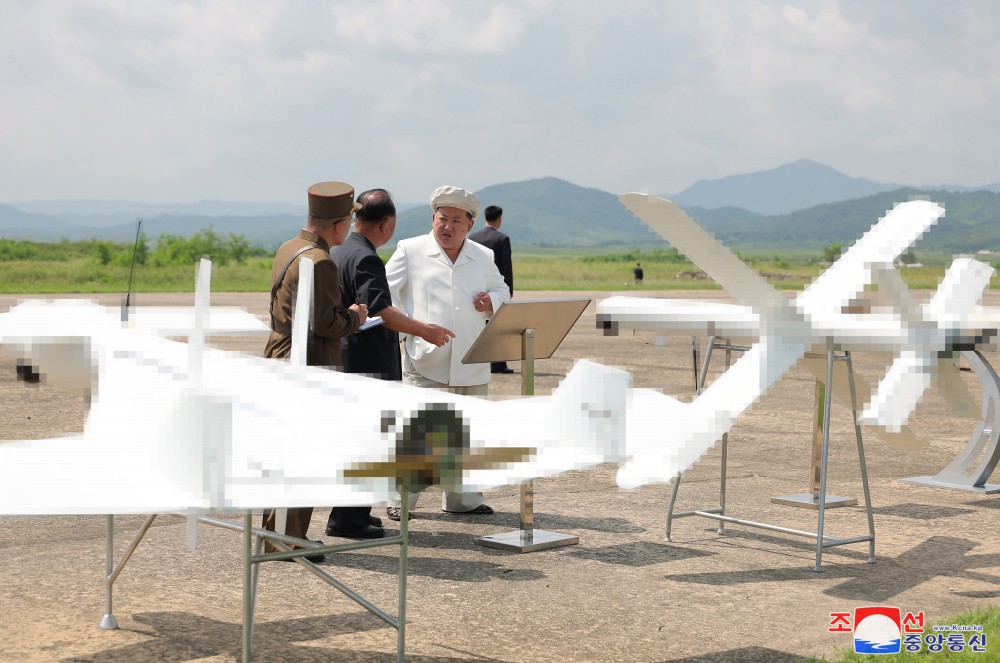
Moreover, in December 2024, South Korea’s Joint Chiefs of Staff reported that North Korea was interested in sending not only manpower but also additional weaponry, including kamikaze drones, to russia. While such drones have not yet been observed in active use, and initial North Korean imitations may have been met with skepticism by russian military leadership, an alternative proposal for industrial cooperation emerged.
Moscow may now view North Korea’s military industry as an extension of its own—offering lower production costs at the expense of quality. However, for certain drone types, high precision is not a critical requirement.
Under this framework, it is reasonable to expect North Korea to manufacture low-tech kamikaze drones rather than advanced models like the Shahed-136 or Lancet.
One example is the Molniya drone, which has a minimalistic design yet can carry TM-62 anti-tank mines as warheads, albeit with limitations. Similarly, the Privet-82, despite its simplicity, enables enemy strikes up to 30 km deep. Both drones rely heavily on plywood construction.
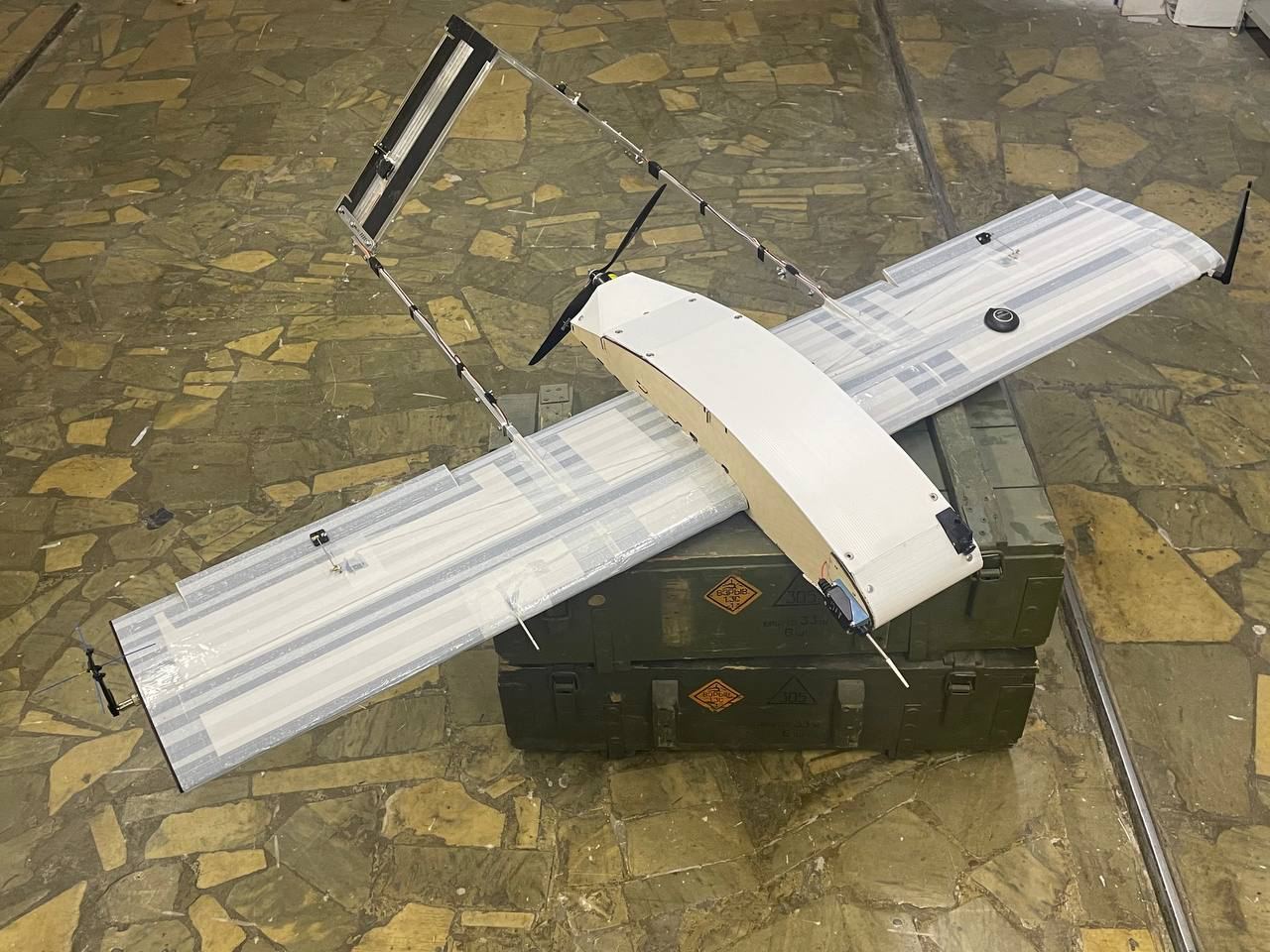
Another example of russia’s cost-effective drone manufacturing is the Gerbera decoy, made primarily of foam. However, russian forces have recently begun equipping it with warheads of up to 5 kg.
Predictably, all key components—except for the drone bodies—will come from China. This is unlikely to pose an obstacle; in fact, it offers a logistical advantage. Additionally, producing such drones will not require North Korea to develop complex technologies, as they rely on widely available materials and inexpensive, low-skilled labor.
Read more: Is Moscow Truly Developing a 1,000 km Ballistic Missile while Still Relying on North Korean Missile Supplies?




